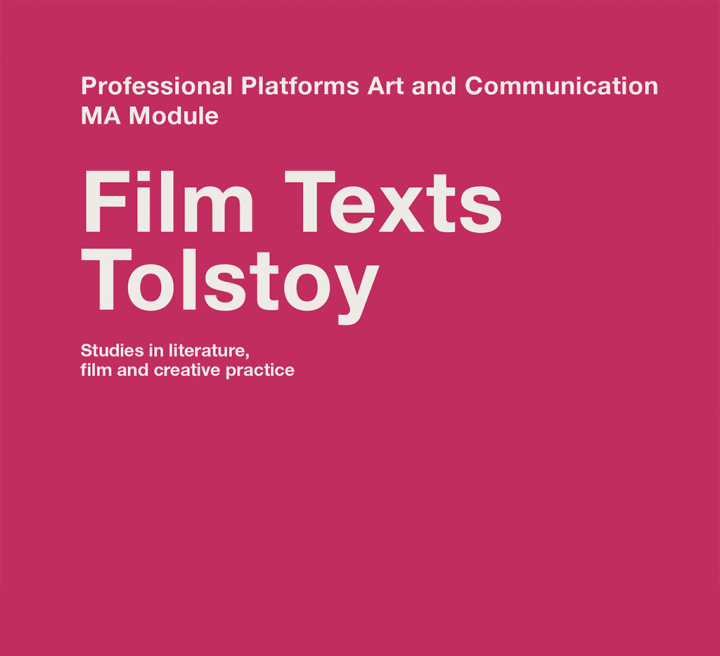How do literature and film intersect?
Looking on Wikipedia the source says ‘Leo Tolstoy, was a Russian writer who is regarded as one of the greatest authors of all time.’ It also states, ‘His fiction includes dozens of short stories based upon his experiences in the Crimean War’.
“The cohesion of the structure does not lie in the plot or in the relations (the meetings) of the characters, it is an internal cohesion… look well and you will find it.”
(Tolstoy, date, quoted in Pevear, 2001, p.xv).
This quote was referenced by Dr Sara Nesteruk in a lecture she gave about structure which works with the ephemeral film shorts that was shown of Frame Erasure, by Sebastian Buerkner, 2007. Source: Vimeo, 2019. https://vimeo.com/332265733 and novelist B.S. Johnson, The Unfortunates, the literature is about memory and how it fragments and disperses over time.
Structure and narrative for our films is the reason Tolstoy has been referred to. The narrative structure stages being the beginning, the middle and the end. Thinking about the end, how do you want to leave the viewer feeling, will it resonate? Is the film ephemeral?
In a lecture by Dr Sara Nesteruk she referenced ‘Composition No.1 by Marc Saporta / Book and iPad editions found here: https://vimeo.com/28762350, I found this short film example particularly interesting as a graphic designer, I enjoyed seeing how a typographic book is animated and filmed with words and pages dispersing from the literature. It was a visually interesting way to advertise various methods of reading ‘Composition No.1 by Marc Saporta’. Sara also mentioned Robert Brickhurst book on typography, ‘The Elements of Typographic Style’ this is in the university library, I will endeavour to read this and explore ways on how these texts could be filmed.
‘A Void by Georges Perec’ is a detective novel written without a single letter ‘E’, this author has won prizes for his work and as written film scripts, poetry, radio plays, riddles and many more. I have referenced him here to research his work later.
What academic processes translate into film practice?
The structure or framework of the film’s narrative is the basis of what value we get from it and how it leaves us feeling. The film brings the literature to life, through visuals that can also speak volumes. Writing a script, building a story, and curating the resources to bring the film practice together.
References:
Composition No.1 by Marc Saporta / Book and iPad editions. https://vimeo.com/28762350
https://en.wikipedia.org/wiki/Leo_Tolstoy
Tolstoy, date, quoted in Pevear, 2001, p.xv

